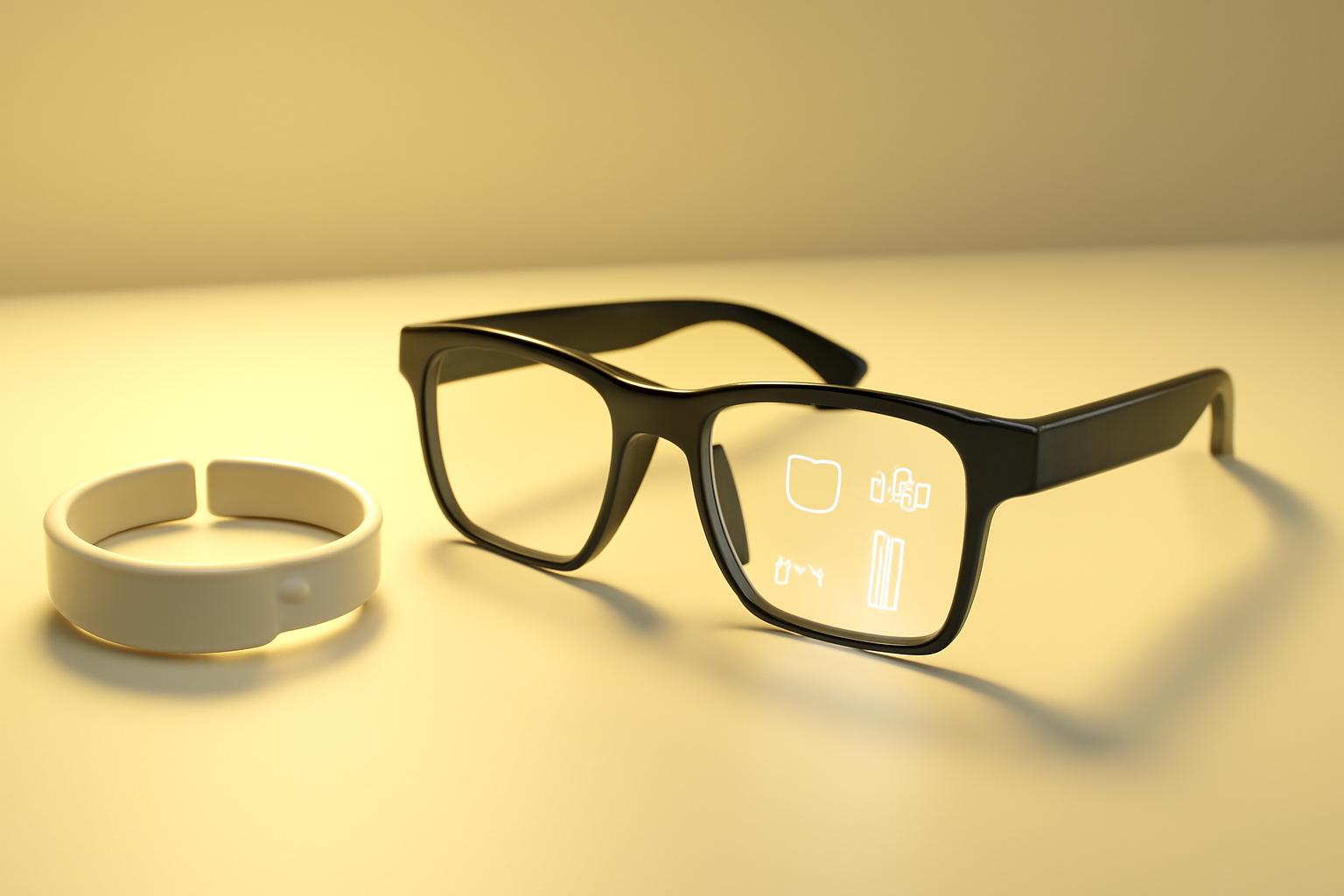Meta Ray-Ban Display Glasses: A New Chapter in Smart Eyewear
Meta Platforms Inc. unveiled its latest innovation in wearable technology at the 2025 Meta Connect event: the Meta Ray-Ban Display glasses. Priced at $799 and launching in the U.S. on September 30, these smart glasses represent Meta’s first consumer product to integrate a built-in digital display, moving the company closer to CEO Mark Zuckerberg’s vision of headsets and glasses replacing smartphones as the primary computing platform.Design and Display: Subtle but Functional
The glasses feature a small, high-resolution translucent display embedded in the right lens. This display is designed to provide essential information such as message previews, live captions, and media controls without obstructing the wearer’s view of the real world. While the display does not offer the complex 3D overlays seen in Meta’s earlier Orion prototype, it serves as a practical interface for quick interactions. During hands-on testing, the display’s icons appeared somewhat murky against the backdrop of the wearer’s environment, highlighting the current technological limitations. Nonetheless, the display’s utility-focused design facilitates simple tasks such as activating the camera or controlling Spotify playback.Innovative Neural Wristband Enables Gesture Control
A standout feature of the Meta Ray-Ban Display glasses is the accompanying fuzzy gray wristband equipped with an electromyography (EMG) sensor. This wristband detects electrical signals generated by muscle movements, allowing users to control the glasses through intuitive hand gestures. Strapping on the wristband is akin to wearing a watch, with a mild electric sensation upon activation. Gesture controls include scrolling through apps by clenching a fist and swiping the thumb, as well as opening the camera app by pinching the index finger and thumb together. Although mastering the timing and cadence of these gestures requires practice, the wristband offers a novel and immersive interaction method.User Experience: Practical Features with Some Learning Curve
The glasses also integrate Meta’s AI voice assistant for hands-free operation, although activation during the demo was inconsistent. One practical highlight was the live captions feature, which effectively transcribed a tour guide’s speech amid loud background music, demonstrating potential utility in noisy environments. The camera app provides a picture-in-picture preview, allowing users to see what they are capturing in real time. This feature enhances the photography experience despite the display’s limited field of view, which can occasionally cause eye strain as users shift focus between the display and their surroundings. Adjusting music volume via the wristband’s rotating pinch gesture proved particularly enjoyable, underscoring the device’s capability to blend advanced technology with intuitive controls.Market Positioning and Future Potential
At $799, the Meta Ray-Ban Display glasses are positioned as a premium product likely to attract early adopters and developers interested in building applications for emerging AR platforms. While the current display technology prioritizes utility over immersive augmented reality experiences, the glasses lay groundwork for future advancements in wearable computing.FinOracleAI — Market View
Meta’s Ray-Ban Display glasses represent a measured but important step toward mainstream augmented reality computing. The integration of a neural wristband for gesture control introduces a novel human-machine interface that could redefine user interactions with wearables.- Opportunities: Expansion of AR computing platforms, developer ecosystem growth, potential for advanced gesture-based interfaces.
- Risks: High price limiting mass adoption, current display clarity and usability constraints, potential consumer resistance to new interaction paradigms.
Impact: The Meta Ray-Ban Display glasses are a cautiously optimistic innovation that could catalyze further development in wearable AR technology, though broad market penetration will depend on technological refinement and cost reductions.













